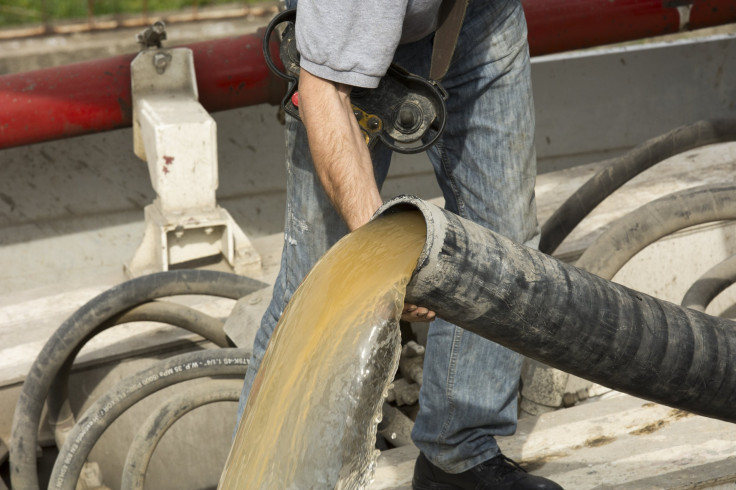Contaminated Water May Soon Be Unmasked With A Tiny Pill Very Similar To Minty-Fresh Breath Strips

Remember when those melt-on-your-tongue breath mint strips first came out? In middle school, you couldn’t even think about interacting with your crush without first popping one of those bad boys into your mouth. Now the technology used to make everyone’s favorite breath mints may be implemented for a much more important use: saving our lives from dangerous drinking water.
Ingenious Connection
Engineer Carlos Filipe and his students from McMasters University in Canada have created tiny water-detecting pills made out of the same material found in dissolvable breath strips, Fastcoexist reported. The concept was actually stumbled upon by accident when Filipe and his students realized that the material the breath strips are made of also works really well in preserving pesticide-detecting enzymes.
Beyond the Breathstrip
The team created the prototype, a tiny ball no bigger than an ant, that when dropped into a glass of water will change the liquid's coloring depending on what it contains. “If the water doesn’t have any pesticides, [the water] actually forms a very strong blue. If it’s transparent at the end, it’s very contaminated,” Filipe told Fastcoexist. “In between, we have a cell phone app — you can take a cell phone picture of it. And that picture sends to a website with GPS coordinates,” Filipe added.
A pesticide is a chemical used to control a pest. This ranges from insect killers to weed eliminators. Drinking water comes from two main sources: surface water and ground water. In urban areas, this water is usually treated before it reaches the consumers, but water in rural areas frequently comes from personal wells that are rarely treated, the National Pesticide Telecommunications Network reports in their online factsheet. Pesticides can seep into the soil during rainfall and find their way into communities' drinking water supply. They can also become airborne and enter a drinking water system. In countries like India, which makes up the 12th largest pesticide market in the work, these dangerous chemicals frequently seep into the public drinking water, causing devastating diseases to those who drink from it, Fastcoexist reported.
Future Seems Bright
The problem with current water analysis tests is they are often too expensive for those in some of the most impoverished parts of the world to afford. According to Filipe, his students can produce up to a thousand pills a day for as little as $1.
"Well, ideally, every person in the world should have access to a safe and clean water supply; if not all sources of water are clean and safe, at the very least an effective method should be readily available for detection of water contamination," Sana Jahanshahi-Anbuhi, one of the pills creators told Medical Daily in an email. According to Jahanshahi-Anbuhi the pills uses are not limited to detecting water contamination. "We are currently working on detection of other contaminants (metals and E. coli) and starting on vaccines stabilization and delivery which would have a tremendous impact for society,"Jahanshahi-Anbuhi added.



























